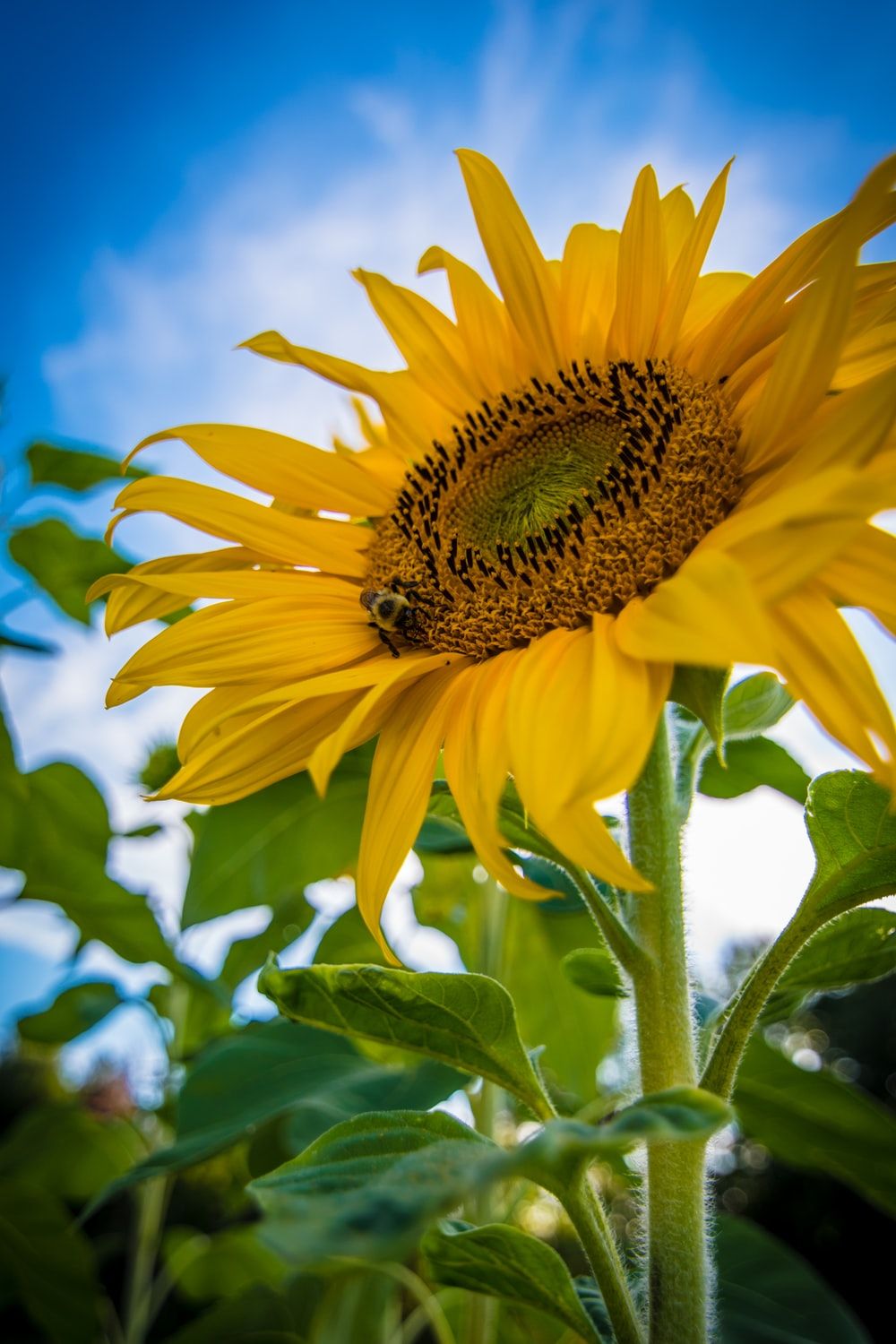Welcome to our gardening guide, where we delve into some common challenges faced by avid gardeners. In this article, we will explore the persistent cabbage worms and the rewarding task of harvesting sunflowers. Gardeners often encounter the pesky cabbage worms, which can wreak havoc on their cabbage plants, while sunflowers present a delightful opportunity to enjoy stunning blooms and harvest nutritious seeds. So, let’s dive in and discover how to effectively handle cabbage worms and make the most of our sunflower harvests.
Identifying and Managing Cabbage Worm Infestations
Cabbage worms are common pests that can wreak havoc on your cabbage plants. These small green worms, also known as cabbage loopers, are the larvae of white butterflies. They have a voracious appetite and can quickly damage the leaves of your cabbage, making it difficult for your plants to grow and thrive.
To identify cabbage worm infestations, you should regularly inspect your cabbage plants for any signs of damage. Look for irregularly shaped holes or chewed edges on the leaves. You may also spot tiny green worms crawling on the plants. If you notice any of these signs, it’s likely that your cabbage plants are being affected by cabbage worms.
Managing cabbage worm infestations is crucial to protect your cabbage plants and ensure a healthy harvest. Here are a few effective methods to control these pests:
Handpicking: Regularly check your cabbage plants for cabbage worms and manually remove them by hand. Drop the worms into a bucket of soapy water to ensure they do not return to your plants.
Natural Predators: Encourage natural predators, such as birds, spiders, and wasps, to help control the cabbage worm population. These beneficial insects can feed on the worms and help keep their numbers in check.
Bacillus Thuringiensis (BT): BT is a natural soil bacteria that can be used as a biological insecticide to target cabbage worms. It is safe for humans, pets, and beneficial insects, but deadly to cabbage worms. Apply BT according to the instructions on the product label.
By promptly identifying and managing cabbage worm infestations, you can protect your cabbage plants from unnecessary damage and ensure a successful harvest. Stay vigilant and take action as soon as you notice any signs of these pesky pests.
Optimal Techniques for Sunflower Harvesting
When it comes to harvesting sunflowers, there are a few techniques that can help ensure a successful and efficient process.
Timing is Key:
One of the most important factors in sunflower harvesting is timing. It is crucial to wait until the sunflower heads have fully matured and turned brown. This indicates that the seeds are ripe and ready for harvesting. Harvesting too early may result in immature seeds, while harvesting too late could lead to the seeds falling out or being eaten by birds.Gathering the Tools:
Before beginning the harvest, gather the necessary tools for the job. A sharp pair of garden shears or scissors will come in handy for cutting the flower head off the stem. Additionally, it is useful to have a clean and dry container or basket to collect the sunflower heads as you harvest them.Harvesting the Sunflower Heads:
To harvest the sunflower heads, hold the stem of the sunflower firmly with one hand, while using the other hand to cut the flower head off, leaving about six inches of stem attached. Be sure to make a clean cut to avoid damaging the seeds. Place the harvested sunflower head gently into the container or basket.
When To Harvest Sunflower Seeds
Remember, harvesting sunflowers can be a rewarding experience, but it is essential to handle the flower heads with care to preserve the seeds for future use or to enjoy as a tasty snack.
Tips for Preventing Cabbage Worms and Maximizing Sunflower Yield
Monitor Your Plants Regularly
Regular monitoring is essential for preventing cabbage worms and maximizing your sunflower yield. Inspect your plants frequently, paying close attention to the undersides of cabbage leaves and the developing sunflower heads. Look for any signs of cabbage worms, such as small green caterpillars or chewed leaves. Early detection allows for prompt action, minimizing potential damage to your crops.Implement Natural Pest Control Methods
To deter cabbage worms, consider introducing natural pest control methods into your garden. One effective approach is to encourage beneficial insects, such as ladybugs and parasitic wasps, which prey on cabbage worm larvae. Planting companion plants like dill, yarrow, or mint can attract these beneficial insects to your garden. Additionally, using row covers or netting can effectively protect your plants from the adult cabbage butterflies that lay eggs on the leaves.
Practice Crop Rotation and Proper Soil Management
Crop rotation is a crucial practice to prevent the recurrence of cabbage worms and other pests. Rotate your cabbage family plants, including broccoli and cauliflower, to a different area of your garden each year. This reduces the chances of pests finding and infesting your crops. Additionally, practicing proper soil management, such as regular composting and removing plant debris, helps maintain healthy soil conditions and reduces the risk of pests and diseases.
Remember, by following these tips for preventing cabbage worms and maximizing sunflower yield, you can ensure healthier plants and a bountiful harvest.





